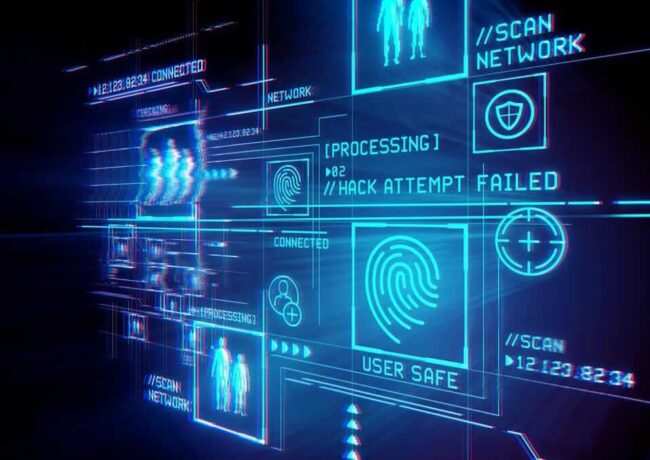Physical Address
304 North Cardinal St.
Dorchester Center, MA 02124
Physical Address
304 North Cardinal St.
Dorchester Center, MA 02124

Era of Data Science

Era of Data Science

Machine learning and artificial intelligence (AI) in cybersecurity refer to the use of advanced algorithms and techniques to improve the ability to detect, prevent, and respond to cyber threats. These technologies can be used in a variety of ways to enhance the overall security posture of an organization.

AI and machine learning algorithms can be used to analyze large amounts of data from various sources, such as network traffic and user activity, to identify patterns and trends that can be used to identify potential threats. This can help organizations to proactively identify and respond to cyber threats before they cause damage. For example, AI-based intrusion detection systems can automatically detect and respond to malicious activity on a network by analyzing network traffic in real-time.
AI and machine learning can also be used to automate the process of identifying and responding to cyber threats. This can help to reduce the time and effort required to identify and respond to threats, as well as improve the accuracy and efficiency of the process. For example, AI-based incident response systems can automatically triage and prioritize security alerts, and provide recommended actions for incident responders.
AI and machine learning can be used to analyze patterns of behavior within a network, such as user activity and network traffic, to identify abnormal or malicious activity. This can help organizations to detect and respond to advanced persistent threats and insider threats in real-time. By analyzing the behavior of users and devices on the network, AI-based systems can detect anomalies that indicate a potential security incident.
By using AI and machine learning, organizations can take a proactive approach in identifying unknown threats. Machine learning algorithms can be trained to identify patterns and anomalies that can indicate the presence of a threat, and AI can be used to simulate the behavior of a human threat hunter. This can help organizations to detect and respond to new and emerging threats, such as zero-day attacks, that are not yet known to traditional security systems.
AI and machine learning can be used to detect fraudulent activity by analyzing patterns in transaction data and identifying abnormal behavior. This can help organizations to detect and prevent financial fraud, such as credit card fraud and money laundering. AI-based systems can analyze large amounts of transactional data in real-time to detect patterns of fraud and alert organizations to potential security incidents.
AI-based simulation can be used to create a virtual environment that can be used to test different cyber defense strategies, identify vulnerabilities, and improve incident response planning. This can help organizations to identify and mitigate potential security risks before they occur, and to better prepare for security incidents that do happen.
Overall, the use of AI and machine learning in cybersecurity can help organizations to more effectively detect, prevent, and respond to cyber threats, and improve overall security posture. By leveraging these technologies, organizations can gain a deeper understanding of their security posture, identify and respond to threats more quickly, and protect against new and emerging threats.